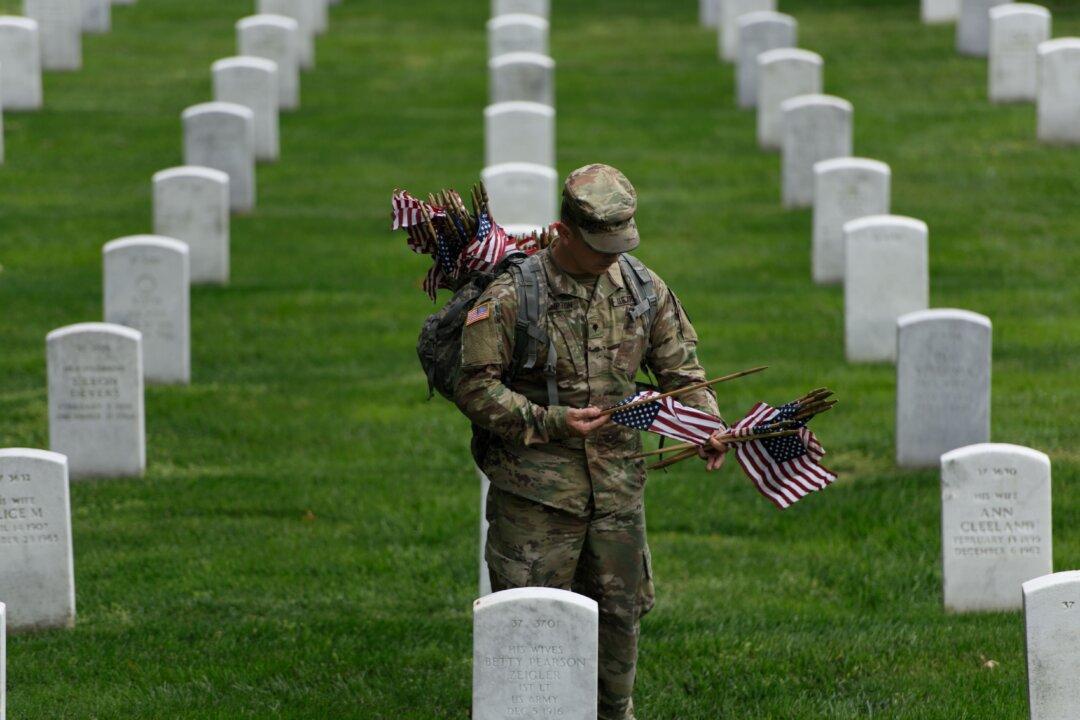The U.S. Army lost 176 active duty soldiers to suicide in 2021, figures show.
According to combined data from the Defense Suicide Prevention Office and a study published in the Journal of the American Medical Association, that’s the highest number of active duty Army member suicides on record since 1938.





